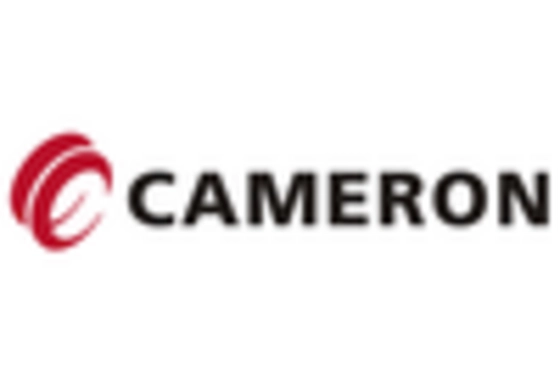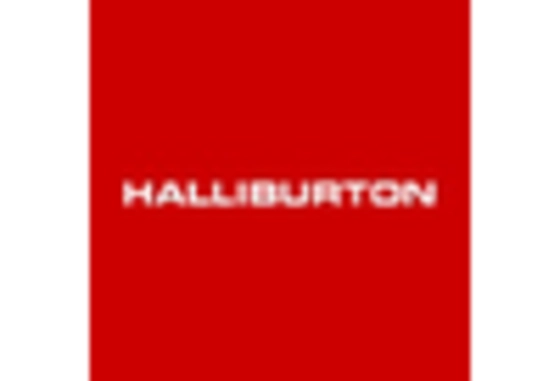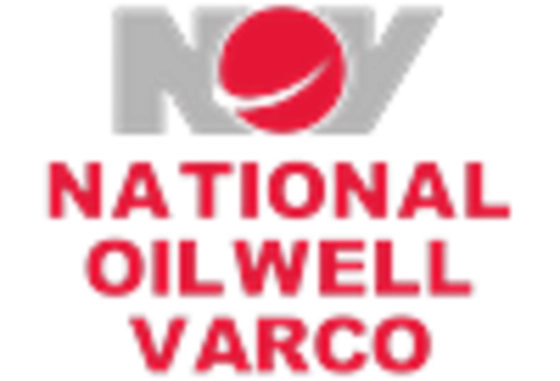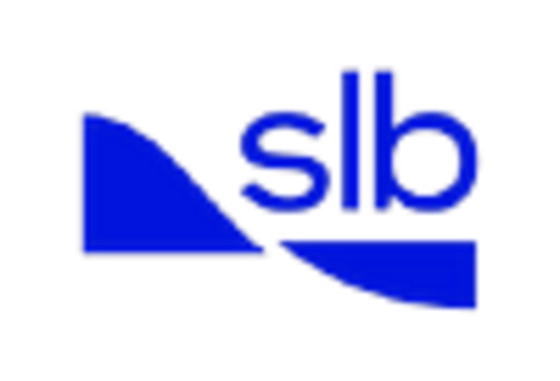The Frac Stack Market is currently characterized by a dynamic competitive landscape, driven by technological advancements and an increasing demand for efficient hydraulic fracturing solutions. Key players such as Halliburton (US), Schlumberger (US), and Baker Hughes (US) are at the forefront, each adopting distinct strategies to enhance their market positioning. Halliburton (US) focuses on innovation through the development of advanced fracturing technologies, while Schlumberger (US) emphasizes digital transformation and data analytics to optimize operations. Baker Hughes (US) is actively pursuing strategic partnerships to expand its service offerings, thereby enhancing its competitive edge. Collectively, these strategies contribute to a robust competitive environment, where companies are not only vying for market share but also striving to lead in technological advancements.
In terms of business tactics, companies are increasingly localizing manufacturing and optimizing supply chains to enhance operational efficiency. The Frac Stack Market appears moderately fragmented, with several key players exerting considerable influence. This structure allows for a diverse range of services and innovations, as companies leverage their unique strengths to capture market opportunities. The collective influence of these major players shapes the market dynamics, fostering a competitive atmosphere that encourages continuous improvement and adaptation.
In August 2025, Halliburton (US) announced the launch of its new digital platform aimed at enhancing real-time data analytics for hydraulic fracturing operations. This strategic move is significant as it positions Halliburton (US) to leverage data-driven insights, potentially leading to improved operational efficiencies and reduced costs for clients. The emphasis on digital solutions aligns with broader industry trends towards automation and data utilization, suggesting that Halliburton (US) is keen on maintaining its leadership in innovation.
In September 2025, Schlumberger (US) entered into a strategic alliance with a leading technology firm to develop AI-driven solutions for optimizing fracturing processes. This partnership is indicative of Schlumberger's (US) commitment to integrating cutting-edge technology into its service offerings. By harnessing AI capabilities, the company aims to enhance decision-making processes and improve the overall effectiveness of its hydraulic fracturing services, thereby reinforcing its competitive position in the market.
In July 2025, Baker Hughes (US) expanded its service portfolio through the acquisition of a regional service provider specializing in eco-friendly fracturing solutions. This acquisition not only broadens Baker Hughes's (US) capabilities but also aligns with the growing emphasis on sustainability within the industry. By integrating environmentally conscious practices into its operations, Baker Hughes (US) is likely to attract a broader client base that prioritizes sustainable solutions, thus enhancing its market appeal.
As of October 2025, the Frac Stack Market is witnessing a shift towards digitalization, sustainability, and AI integration, which are defining current competitive trends. Strategic alliances are increasingly shaping the landscape, enabling companies to pool resources and expertise to drive innovation. Looking ahead, competitive differentiation is expected to evolve, with a pronounced shift from price-based competition to a focus on technological innovation, reliability in supply chains, and sustainable practices. This evolution suggests that companies that prioritize these aspects will likely emerge as leaders in the Frac Stack Market.

















Leave a Comment